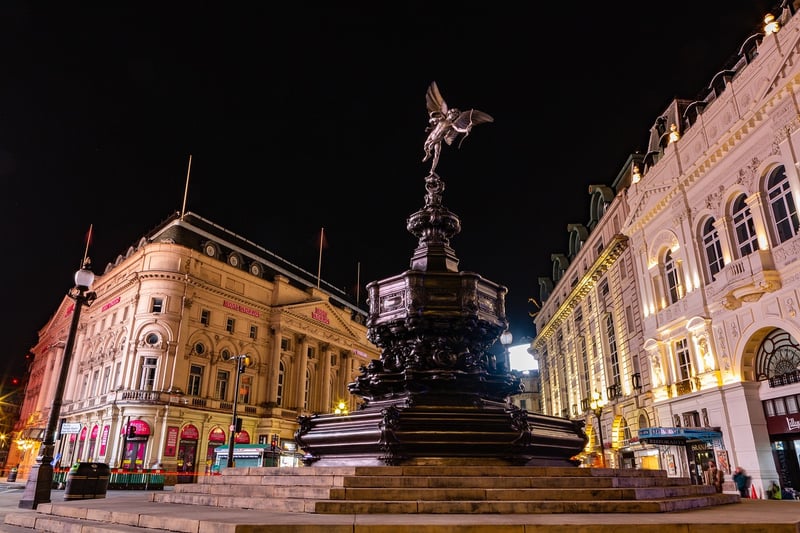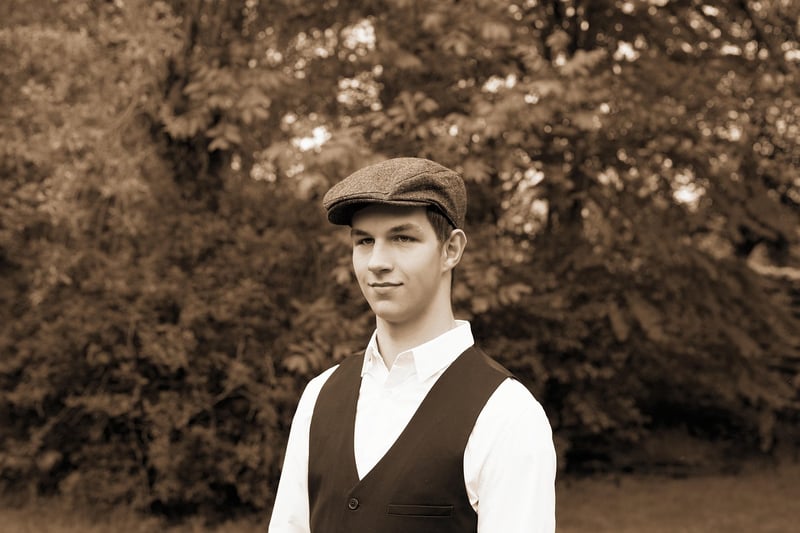Historical Etiquette
#Advice
#Safety
#Etiquette
Guidance for Time Travelers: Navigating Historical Etiquette
Time travel has long captured the imagination of many, offering a tantalizing glimpse into the past. However, for those daring individuals who embark on such adventures, understanding historical etiquette is crucial to avoid any unintended faux pas. Whether you find yourself in the Victorian era or the Roaring Twenties, here are some essential etiquette guidelines to help you blend in seamlessly.
Victorian Era (1837-1901)

- Dress Appropriately: In the Victorian era, modesty was key. Women should wear long dresses with high necklines, while men should don formal suits.
- Mind Your Manners: Politeness and decorum were highly valued. Address others with respect, use formal language, and always wait to be seated or served.
- Tea Time: Tea was a significant part of Victorian culture. If invited for tea, remember to stir your tea gently and avoid clinking your spoon against the cup.
Roaring Twenties (1920s)

- Flapper Fashion: Women embraced shorter hemlines and looser silhouettes. Men sported casual suits with wide-legged trousers.
- Embrace the Jazz Age: The 1920s were known for their vibrant jazz music and lively dance parties. Brush up on your Charleston and be prepared to join in the fun!
- Prohibition Rules: During Prohibition, alcohol was illegal. If offered a drink, it's best to decline unless you want to attract unwanted attention from the authorities.
Remember, when time traveling, it's essential to observe and respect the customs and norms of the era you find yourself in. By following these etiquette guidelines, you can immerse yourself in history while avoiding any social blunders along the way. Happy time traveling!
